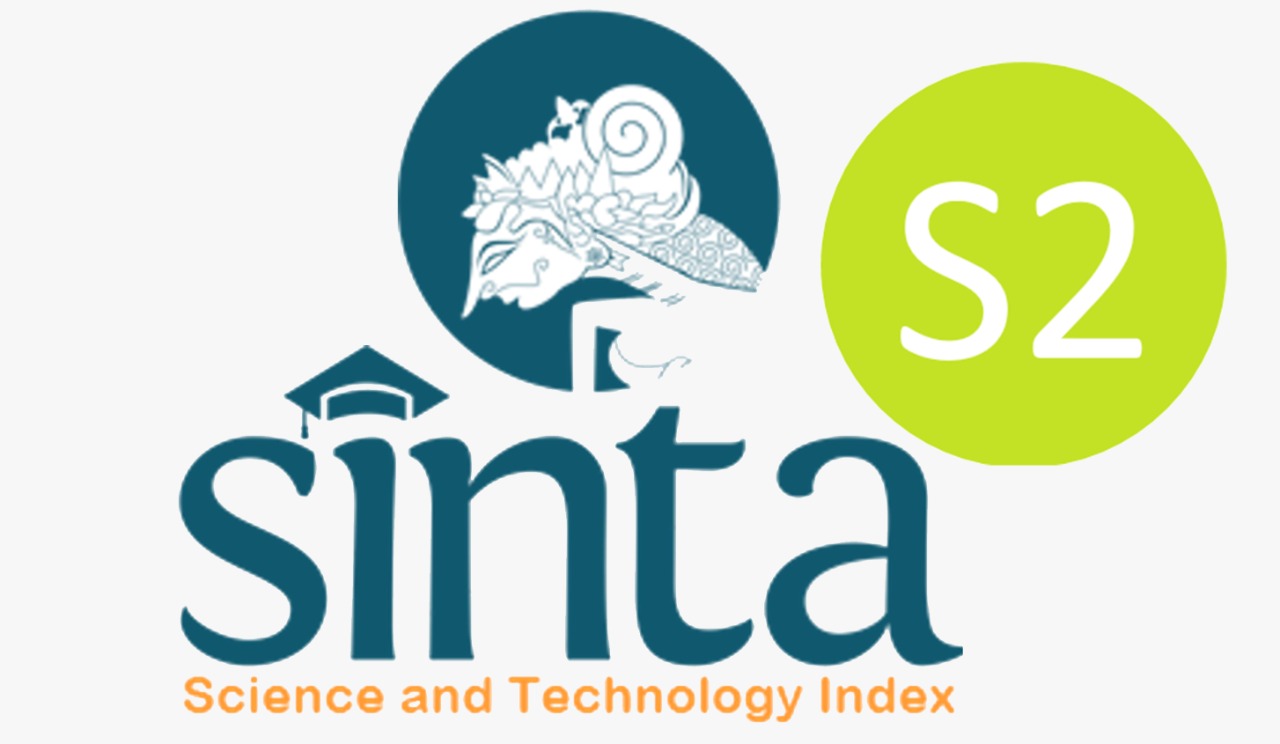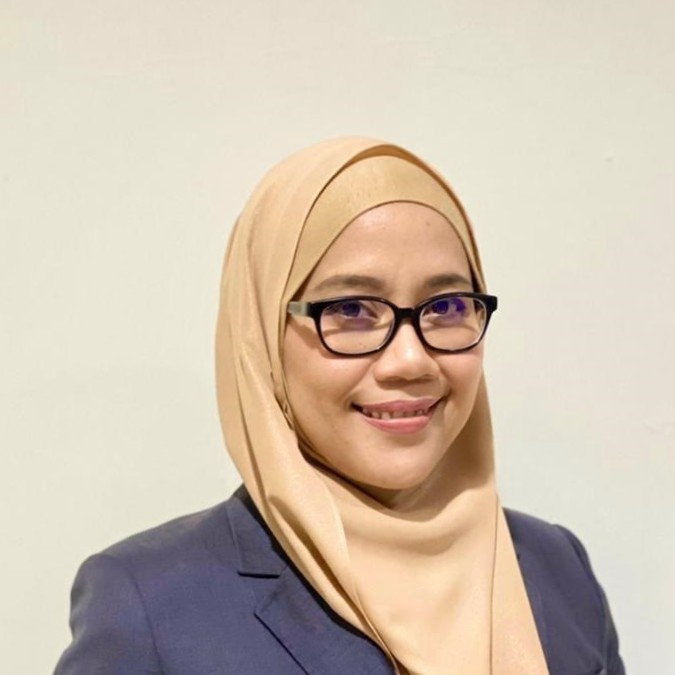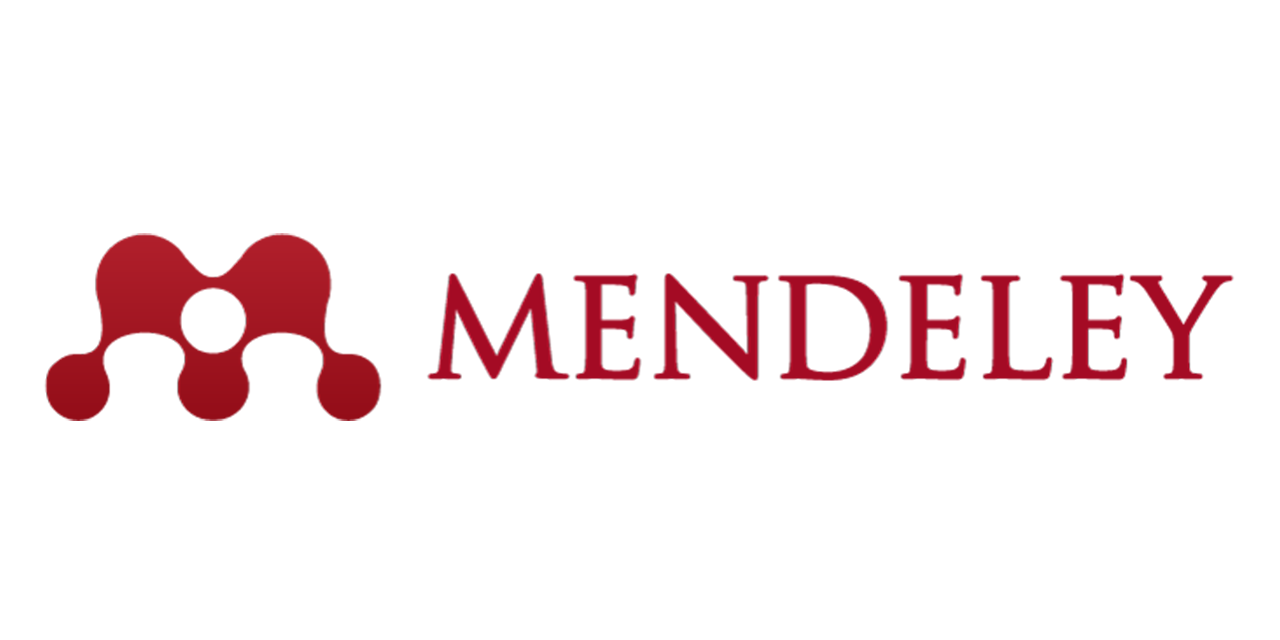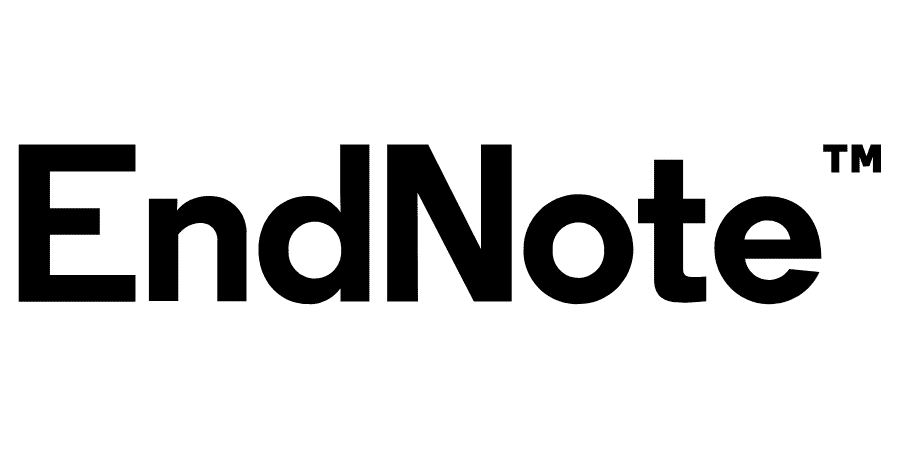CASH WAQF FOR MICROFINANCE: A BIBLIOMETRIC ANALYSIS
Downloads
Introduction: Waqf is one of the Islamic social financial instruments, having the distinctive characteristic that waqf assets are donated voluntarily by the wakif and are permanently designated for social benefits. Waqf can be used for productive or commercial activities to generate profits by Sharia law. Cash waqf can play a role in supporting the overall development process, both in human resource development, as well as in economic and social development. This study tries to explore the role of cash waqf for microfinance which can subsequently help the people's economy.
Methods: The research method used in this research is quantitative research with bibliometric analysis. Data sources collected secondary data obtained from the Google Scholar database. Data were obtained using Publish or Perish (POP) software and analyzed using VOSviewer software.
Results: The results of this research show that, from data searches using the keywords "cash waqf", "microfinance" and "sharia microfinance" by limiting 500 papers in the 2010-2024 time period, the words "microfinance institutions" are the most frequent keywords, indicated by a darker color than other keywords.
Conclusion and suggestion: Based on the results and analysis, it can be concluded that, from year to year, research on the topic of cash waqf for microfinance is most often used. However, research on the topic of cash waqf for Sharia microfinance is still limited. Therefore, future research can be carried out regarding cash waqf for sharia microfinance. Cash waqf plays an important role in supporting the overall development process, both in human resource development, as well as in economic and social development. The potential of cash waqf can be used as a means of economic empowerment for lower-middle-class communities with the role played by microfinance institutions.
Ab Shatar, W.N., Hanaysha, J.R., & Tahir, P.R. (2021). Determinants of cash waqf fund collection in Malaysian Islamic banking institutions: empirical insights from employees' perspectives. ISRA International Journal of Islamic Finance, 13(2), 177–193. https://doi.org/10.1108/IJIF-06-2020-0126
Abdullah. (2014). Waqf: A Proposed Model for Islamic Finance.
Abdullah, R., & Ismail, A.G. (2017). Taking stock of the waqf-based Islamic microfinance model. International Journal of Social Economics, 44(8), 1018–1031. https://doi.org/10.1108/IJSE-06-2015-0176
Ahmad, R.A., Mafaza, S.A., & Handayani, R. (2021). Integrated Cash Waqf and Islamic Microfinance to Poverty Alleviate. El-Barka: Journal of Islamic Economics and Business, 4(1), 61–80. https://doi.org/10.21154/elbarka.v4i1.3018
Akhter, A., Javed, M.Y., & Akhter, J. (2023). Research trends in the field of Islamic social finance: a bibliometric analysis from 1914 to 2022. In International Journal of Ethics and Systems. Emerald Publishing. https://doi.org/10.1108/IJOES-03-2023-0044
Ascarya, A., Hosen, M.N., & Rahmawati, S. (2022). Designing simple productive waqf models for Indonesia. International Journal of Ethics and Systems, 38(3), 380–401. https://doi.org/10.1108/IJOES-07-2020-0101
Ascarya, A., & Masrifah, A.R. (2023a). Strategies implementing cash waqf system for Baitul Maal wat Tamwil to improve its commercial and social activities. International Journal of Islamic and Middle Eastern Finance and Management, 16(1), 130–153. https://doi.org/10.1108/IMEFM-10-2020-0504
Ascarya, A., & Sakti, A. (2022a). Designing micro-fintech models for Islamic micro financial institutions in Indonesia. International Journal of Islamic and Middle Eastern Finance and Management, 15(2), 236–254. https://doi.org/10.1108/IMEFM-05-2020-0233
Ascarya, A., Sukmana, R., Rahmawati, S., & Masrifah, A.R. (2023). Developing cash waqf models for Baitul Maal wat Tamwil as integrated Islamic social and commercial microfinance. Journal of Islamic Accounting and Business Research, 14(5), 699–717. https://doi.org/10.1108/JIABR-09-2020-0267
Aziz, M. (2017). Peran Badan Wakaf Indonesia (BWI) Dalam Mengembangkan Prospek Wakaf Uang Di Indonesia. JES (Jurnal Ekonomi Syariah), 1(2), 188–208. https://doi.org/10.30736/jes.v1i2.15
Azrai Azaimi Ambrose, A.H., & Abdullah Asuhaimi, F. (2021). Cash waqf risk management and perpetuity restriction conundrum. ISRA International Journal of Islamic Finance, 13(2), 162–176. https://doi.org/10.1108/IJIF-12-2019-0187
Delgano, E., Lopez Cozar, Orduna Malea, E., & Martin- Martin, A. (2019). Google Scholar as a data source for research Assessment. Springer Handbooks.
Duasa, J., Asmy, M., Mohd, B., & Thaker, T. (2016). A Cash Waqf Investment Model: An Alternative Model For Financing Micro-Enterprises In Malaysia. Journal of Islamic Monetary Economics and Finance, 1(2).
Gustani, & Aditya Ernawan, D. (2016). Wakaf tunai sebagai sumber alternatif permodalan lembaga keuangan mikro syariah di Indonesia. Journal of Islamic Economics (Lariba), 2, 39–48.
Hafiz Bin, M., Fauzi Sofri, H.J., Jalal, Y., Hanaysha, R., Sabri, M., Syaidatun, H., & Abu Zahrin, N. (2019). The Impact Of Trust In Cash Waqf Contribution: A Case Study Of Wakaf Selangor Muamalat (Wsm) Service Of Bank Muamalat Malaysia Berhad (Bmmb). International Journal of Business, Economics and Law, 18(2).
Haneef, M.A., Huq Pramanik, A., Mohammed, M.O., Dahiru, A., & Amin, F.B. (2013). Integration of Waqf and Islamic Microfinance for Poverty Reduction: A Survey in Kuala Selangor, Malaysia. Journal of Islamic Finance, 2(2).
Haneef, M.A., Pramanik, A.H., Mohammed, M.O., Bin Amin, M.F., & Muhammad, A.D. (2015b). Integration of waqf-Islamic microfinance model for poverty reduction: The case of Bangladesh. International Journal of Islamic and Middle Eastern Finance and Management, 8(2), 246–270. https://doi.org/10.1108/IMEFM-03-2014-0029
Hasan, S. (2011). Role of Waqf in Enhancing Muslim Small and Medium Enterprises (SMEs) in Singapore.
Imam, N., & Huda, N. (2022). AL-AWQAF Faktor-Faktor yang Mempengaruhi Masyarakat Berwakaf Uang di Dompet Dhuafa.Al-Awqaf Jurnal Wakaf dan Ekonomi Islam 15(2), 78-98.
Ismail Abdel Mohsin, M. (2013). Financing through cash-waqf: a revitalization to finance different needs. International Journal of Islamic and Middle Eastern Finance and Management, 6(4), 304–321. https://doi.org/10.1108/IMEFM-08-2013-0094
Itang & Lik Syakhabyatin. (2017). Sejarah Wakaf Di Indonesia.
Kachkar, O.A. (2017). Towards the establishment of cash waqf microfinance fund for refugees. ISRA International Journal of Islamic Finance, 9(1), 81–86. https://doi.org/10.1108/ijif-07-2017-007
Kamal, M. (2021). Pengelolaan Wakaf Uang di Indonesia. Istinbath | Jurnal Penelitian Hukum Islam, 16(2), 135. https://doi.org/10.36667/istinbath.v16i2.133
Laila, T. (2010). Islamic Microfinance for Alleviating Poverty and Sustaining Peace.
Latifah, E. (2021). Penerapan Zakat, Infak, Sedekah Dan Wakaf Sebagai Strategi Kebijakan Fiskal Pada Sharia Microfinance Institutions Application Of Zakat, Infak, Sedekah As Afiscal Policy Strategy In Sharia Microfinance Institutions. Indonesian Journal of Islamic Economics and Finance,1(1).
Latifah, E., & Hidayah, M L. (2020). Implementasi Wakaf Uang Pada Islamic Microfinance Institution Di Era Society 5.0. Pranata Sosial Islam, 2020(2), 112–132.
Mega Paksi, G., Manzilati, A., & Ekawaty, M. (2018). Kajian Hukum Dan Implementasi Wakaf Harta Bergerak Di Indonesia: Wakaf Uang Dan Saham.
Mohd Thas Thaker, M.A. Bin. (2018). A qualitative inquiry into cash waqf model as a source of financing for micro enterprises. ISRA International Journal of Islamic Finance, 10(1), 19–35. https://doi.org/10.1108/ijif-07-2017-0013
Mohd Thas Thaker, M.A. Bin, Mohammed, M.O., Duasa, J., & Abdullah, M.A. (2016). Developing cash waqf model as an alternative source of financing for micro enterprises in Malaysia. Journal of Islamic Accounting and Business Research, 7(4), 254–267. https://doi.org/10.1108/JIABR-09-2014-0029
Mohd Thas Thaker, M.A., Amin, M.F., Mohd Thas Thaker, H., Khaliq, A., & Allah Pitchay, A. (2020). Cash waqf model for micro enterprises' human capital development. ISRA International Journal of Islamic Finance, 13(1), 66–83. https://doi.org/10.1108/IJIF-08-2018-0091
Saad, N.M., & Anuar, A. (2009). ‘Cash Waqf' And Islamic Microfinance Untapped Economic Opportunities.
Shaikh, S.A. (2021). Using Fintech in scaling up Islamic microfinance. Journal of Islamic Accounting and Business Research, 12(2), 186–203. https://doi.org/10.1108/JIABR-10-2019-0198
Sidiq, M. (2019). Panduan Analisis Bibliometrik Sederhana. https://doi.org/10.13140/RG.2.2.15688.37125
Sofi, F.J. (2012). Financing Microenterprises: Creating a Potential Value-Based Hybrid Model for Islamic Microfinance. International Journal of Management and Business Research 2(2).
Sulistya, I., Hasanah, N., & Irfany, M.I. (2020). AL-AWQAF Strategi Pengelolaan Wakaf Uang oleh Badan Wakaf Indonesia (BWI). Al-Awqaf: Jurnal Wakaf Dan Ekonomi Islam, 13(1), 39-58. https://doi.org/10.47411/al-awqaf.v13i1.95
Supriani, I. (2021). Tren Literatur dan Rekomendasi Arah Penelitian Saham Syariah: Pendekatan Bibliometrik dan Systematic Literature Review. Universitas Airlangga.
Yusgiantoro, I., Pamungkas, P., & Trinugroho, I. (2024). The sustainability and performance of Bank Wakaf Mikro: waqf-based microfinance in Indonesia. International Journal of Islamic and Middle Eastern Finance and Management, 17(1), 86–101. https://doi.org/10.1108/IMEFM-06-2022-0233
Yusra, M., Pratama, M.I.O., & Kholis, N. (2022). Studi Bibliometrik Pada Penelitian Wakaf Untuk Pengentasan Kemiskinan Tahun 1995-2022. At-Thullab : Jurnal Mahasiswa Studi Islam, 4(1), 963–977. https://doi.org/10.20885/tullab.vol4.iss1.art10
Zupic, I., & ÄŒater, T. (2015). Bibliometric Methods in Management and Organization. Organizational Research Methods, 18(3), 429–472. https://doi.org/10.1177/1094428114562629
Copyright (c) 2024 Zahriya Nurul Aini

This work is licensed under a Creative Commons Attribution-ShareAlike 4.0 International License.
Authors who publish with Jurnal Ekonomi dan Bisnis Airlangga agree to the following terms:The journal allows the author to hold the copyright of the article without restrictions.
The journal allows the author(s) to retain publishing rights without restrictions
The legal formal aspect of journal publication accessibility refers to Creative Commons Attribution Share-Alike (CC BY-SA).
Jurnal Ekonomi dan Bisnis Airlangga (JEBA) is licensed under a Creative Commons Attribution-ShareAlike 4.0 International License

















